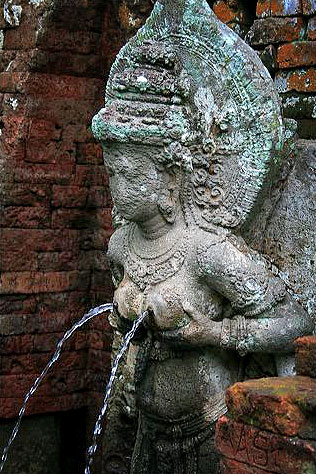East Java The Golden Century

The World is blessed with everything. A tropical paradise, but there's only one real beauty a singular combination of scenic wonders and cultural heritage . From friendly people to smoking Volcano, etc.
East Java century of glory can be seen roughly to span the period beginning with the reign of Kertanagara, who took over the throne of Singosari in 1254, and ending with the death of Gajah Mada, Majapahit's most famous prime minister, in 1364.
As the last king of Singosari, Kertanagara was perhaps the first to dream of a united Indonesia. He was the only ruler in south east Asia who was brave enough to defy openly the demand for tribute by the powerful Mongol emperor of China, Kublai Khan and, by subjugating Sumatra and Bali, he set the stage for the successes of the coming century.
The story goes something like this: Kublai Khan, emperor of China and grandson of the Mongol conqueror Genghiz Khan, sent a punitive expedition to Java in 1293 to bring the Javanese king, Kertanagara, to his knees. What he did not know, however, was that Kertanagara had been murdered the previous year and that a usurper now held power.
Through a cunning strategy, the rightful heir to the throne, Raden Wijaya, allied himself with the Mongol invaders, defeated the usurper and then turned on the depleted foreign army, killing most of them and sending the rest running back to their ships. In this way, it is told, the last and greatest of East Java's Hindu kingdoms, Majapahit, was established. In its heyday in the mid- fourteenth century, Majapahit controlled not only the greater part of Indonesia, but a considerable part of mainland south east Asia as well.
Much of this success is due to the figure of Gajah Mada, whose genius and vision as the empire's prime minister and commander-in-chief, brought to fulfilment the dream of Kertanagara a century earlier. Scattered throughout East Java are the remains of countless stone temples and other buildings, which bear witness to the richness of this past age. Many are already well known, many more far less known; how many still waiting to be discovered.









